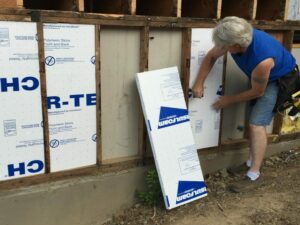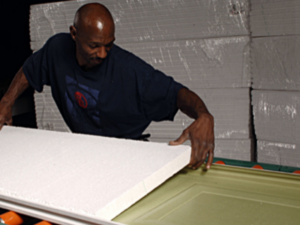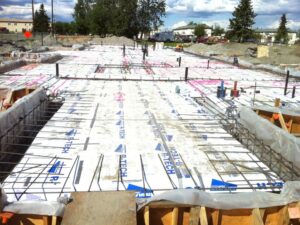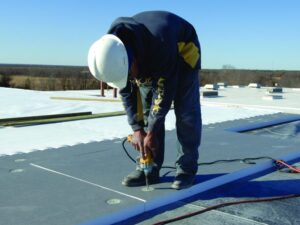Expert Advice: How EPS Performs as Below-Grade Insulation
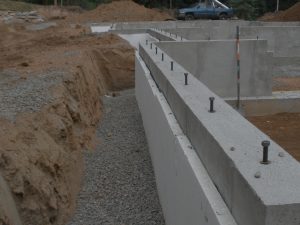
OLYMPUS DIGITAL CAMERA
In the continual push to forge more energy-efficient buildings, design and building professionals are leaving no part of the building envelope unexamined—including below-grade areas like foundation walls and under slab.
Employing expanded polystyrene (EPS) insulation across these below-grade applications is a proven way to help reduce a structure’s total energy loss. EPS’ closed-cell structure also guarantees water resistance and incredible thermal insulation properties. Given the effectiveness of this material, we’re answering a few commonly asked questions about how EPS performs as below-grade insulation.
Q: Why should design and building professionals insulate below-grade?
Since uninsulated concrete provides a thermal bridge between a building’s heated interior and the relatively cooler earth surrounding the building or through exposed slab edges to the outside air, blocking that heat flow with EPS insulation is critical for creating a comfortable, energy-prudent structure. In fact, the EPS Industry Alliance reports that lack of insulation on below-grade foundations, crawl spaces and under slabs accounts for up to 25 percent of a structure’s total energy loss.
Below-grade insulation also helps manage moisture to reduce interior condensation on foundation walls. When installed on the exterior, insulation helps prevent damage inflicted by freeze-thaw cycling.
Q: Does below-grade insulation offer moisture resistance?
As we know, moisture is inevitable in below-grade areas. Moisture also degrades a material’s ability to insulate. Thankfully, EPS provides a high level of moisture resistance and breathability thanks to its closed-cell structure. A study by the Energy Materials Testing Laboratories (EMTL) has shown that EPS installed across a well-constructed building envelope does not absorb appreciable moisture, even under conditions characteristic of prolonged, cold, damp winters.
Q: What kind of thermal performance does below-grade insulation deliver?
Just as a wet t-shirt is much less effective at keeping someone warm than a dry shirt is, damp insulation is much less effective at blocking the flow of heat. Fortunately, because EPS offers premium moisture resistance, it can also provide long-term, stable R-values. Third-party testing conducted in 2008 assessed EPS’ performance following a continuous 15-year below-grade perimeter insulation. This testing confirmed that its R-value will remain stable over its entire service life.
A simple way to check the long-term thermal performance of any insulation is to review the manufacturer’s warranty. Insulfoam proudly warrants 100 percent R-value for 20 years.
Installing EPS across below-grade applications is going to be a professionals’ best bet when it comes to delivering premium performance. Find more information on below-grade insulation at www.insulfoam.com/insulation-brochures-literature/.

